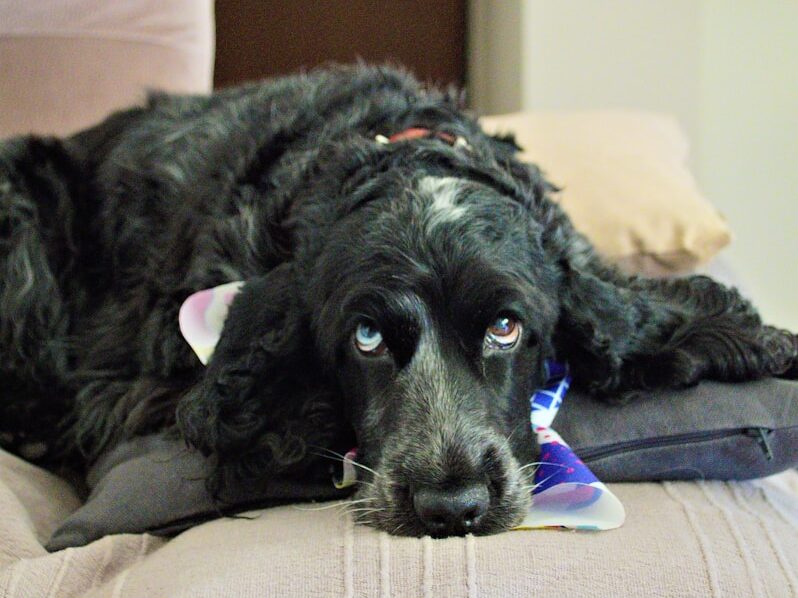
Dogs often wear happiness like a mask. They wag, they fetch, they greet you with excitement — but sometimes, that joy is habit more than truth. They protect us from worry by pretending to be fine. Yet if you look closely, you’ll notice small changes: a slower tail, quieter eyes, a fading spark in moments that once lit them up. Here are fifteen quiet signs your dog isn’t as happy as you think — and what they’re really trying to tell you.
They Sleep More Than They Used To

Dogs naturally nap often, but too much sleep can mean withdrawal rather than rest. When they no longer perk up at familiar sounds or invitations to play, it’s not laziness — it’s emotional exhaustion. Their world feels dull, and sleeping helps them escape it. A happy dog rests deeply but wakes easily. A sad one stays curled up, eyes half open, watching without moving. It’s their silent way of checking out.
Their Tail Wags Without Energy
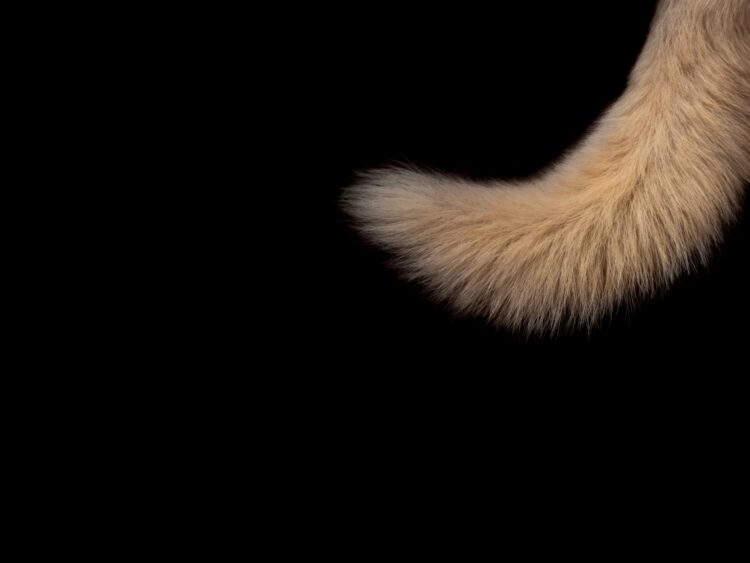
Not every wag means joy. A true wag involves the whole body — loose shoulders, soft eyes, tail swinging freely. But when a tail moves slowly or low to the ground, it’s more like a polite gesture than happiness. It’s the equivalent of a half-smile. They’re keeping the peace, trying to act okay, even when they’re not. Dogs know that we read tails as joy, so sometimes they use it to reassure us, not themselves.
They Stop Bringing You Toys

Play is a dog’s way of bonding and sharing emotion. When they stop bringing toys or lose interest in fetch, something inside them is dimming. It’s not defiance or boredom — it’s a loss of spark. They no longer expect the same joy in return. Dogs that once greeted you with a toy in their mouth but now sit quietly nearby are telling you they miss the connection, not the game.
They Lick or Chew on Themselves Too Much
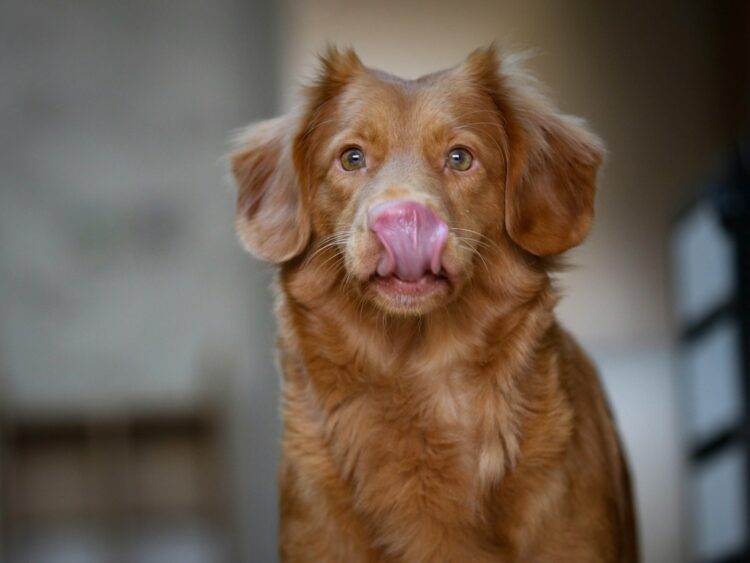
Repetitive licking or chewing is often a form of self-soothing. It might look like grooming, but it’s anxiety turned physical. You’ll notice it when they focus on one area for long stretches. The rhythm calms them, but it also signals distress. It’s their way of saying something inside feels unsettled. Happy dogs lick with curiosity; unhappy ones do it to feel control again.
They Eat Too Little — or Too Much
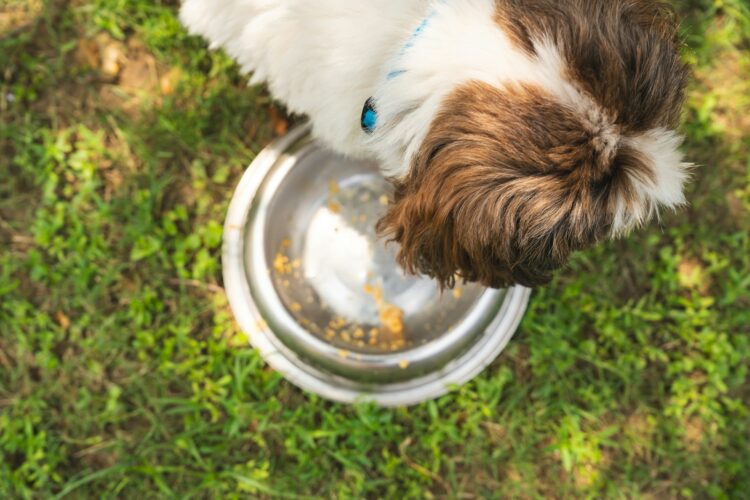
Changes in appetite mirror changes in emotion. A dog that suddenly eats less may be depressed, while one that eats too much might be searching for comfort. Food becomes a coping tool, just like it does for people. When meals feel mechanical or rushed, or when their excitement around food fades, it’s worth asking what’s shifted in their emotional world — not just their diet.
They Avoid Eye Contact
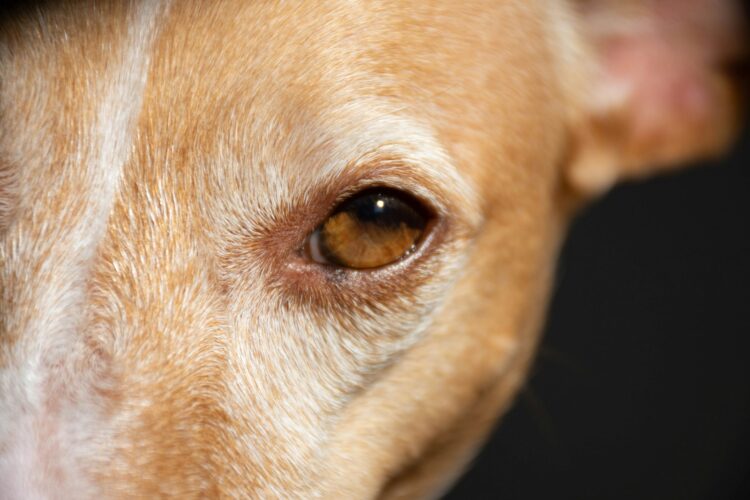
Dogs communicate a lot through eyes — trust, love, reassurance. When they stop meeting your gaze, it’s often a sign of unease. They might look away when you speak or move their head to the side. It’s not guilt; it’s distance. They’re retreating quietly, unsure of how to reconnect. Restoring that gaze takes time, soft words, and patience. When it returns, it means trust is mending.
They Hide or Choose Solitude
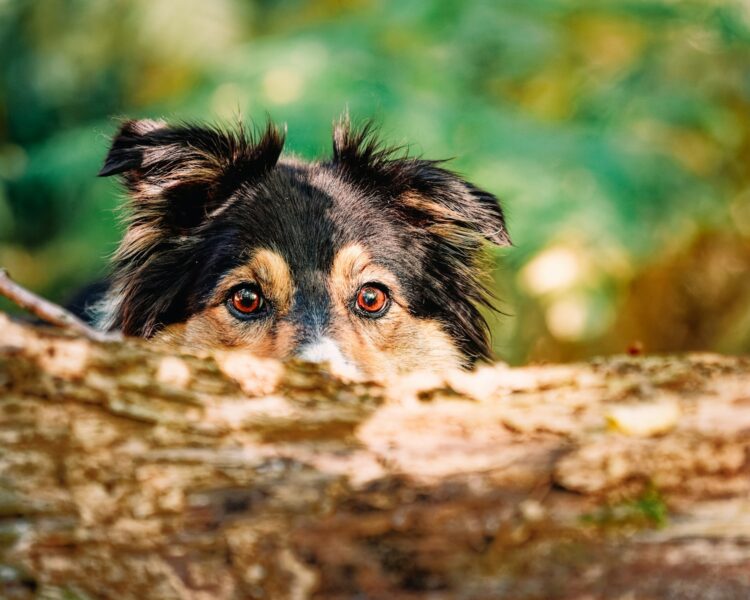
When dogs seek out small, enclosed spaces or sleep in another room, it’s not always comfort they’re chasing — it’s escape. They’re overwhelmed or sad and trying to find stillness. It can look like independence, but it’s often isolation. If your dog used to be social but now prefers dark corners or quiet spots, it’s their way of coping with something that feels too heavy to face.
They React Sharply to Small Things
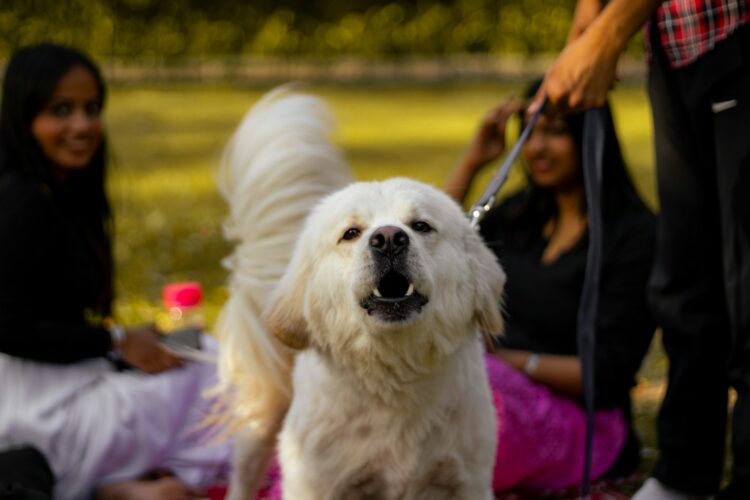
Dogs who aren’t happy often carry tension that leaks out in small bursts. They might growl when touched unexpectedly or flinch at gentle movement. These reactions don’t come from anger but from discomfort. Their nervous system is on alert, like they’re bracing for something. What looks like attitude is often a plea for calm — a request for gentler energy around them.
They Lose Interest in Walks
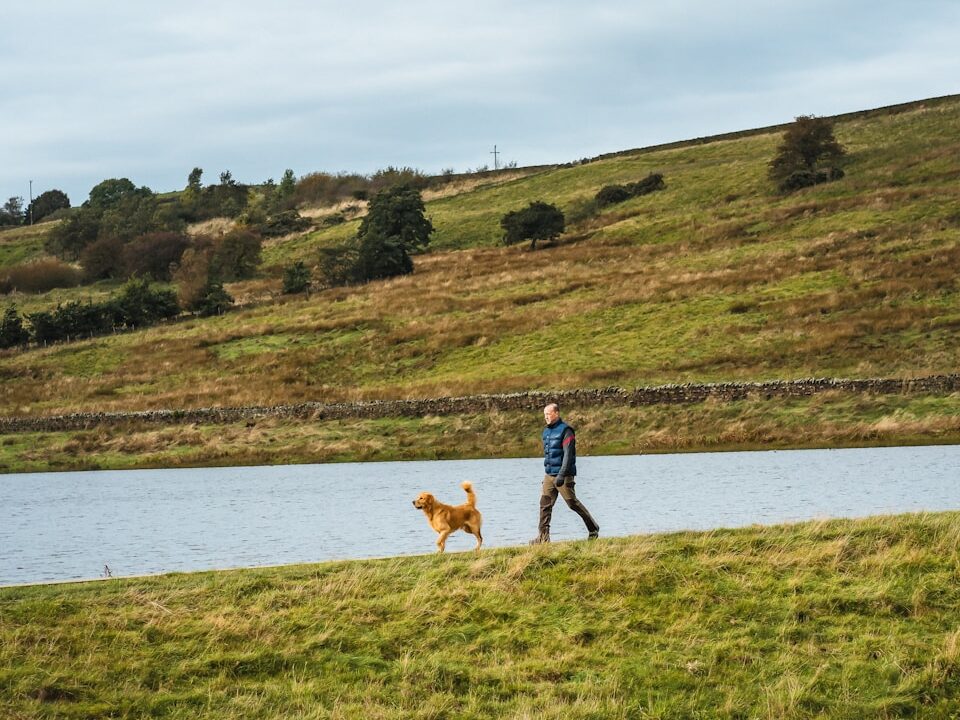
Walks are usually the highlight of a dog’s day — movement, fresh smells, freedom. When that excitement fades, something’s wrong. They may drag behind, stop frequently, or stare blankly when you pick up the leash. Physical pain could be a reason, but emotional weight can dull curiosity, too. The world feels smaller to a dog that’s lost its joy, even if the path is the same.
Their Ears and Posture Stay Tight
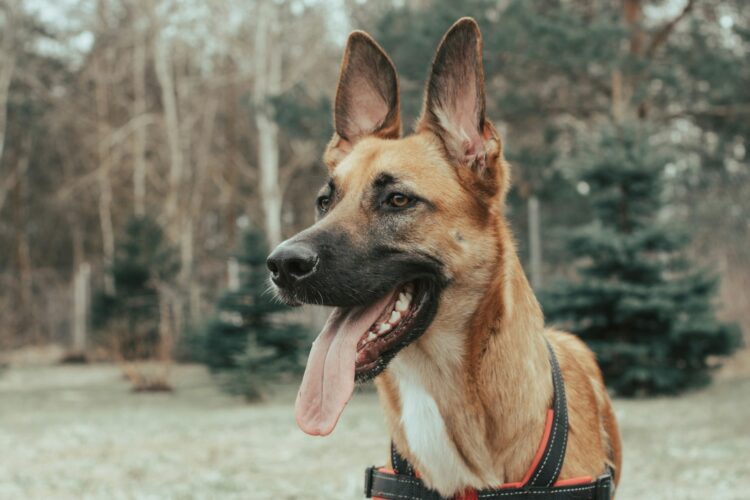
Body language reveals everything dogs can’t say. Happy dogs move loosely, their tails swing, and their shoulders drop comfortably. Unhappy ones hold tension — ears pinned back, tail tucked slightly, muscles stiff. You can see it in how they sit, how they turn, even how they breathe. A rigid body means constant caution. They’re not at ease in their own space.
They Sigh or Yawn Too Often
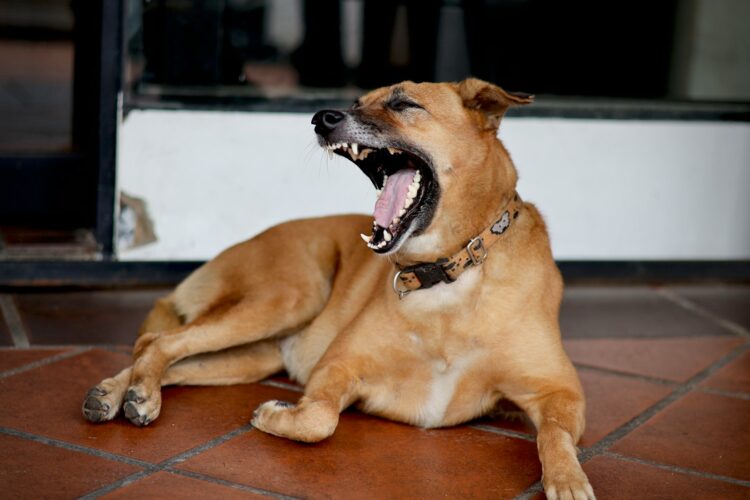
A sigh or yawn can release tension, but frequent ones during calm moments are a quiet sign of stress. It’s how dogs self-regulate when their environment feels heavy. You might notice it during downtime — a deep exhale, a long pause afterward. It’s a sound of fatigue, emotional more than physical. They’re trying to let go of something they don’t understand.
They Stop Greeting You With Enthusiasm

That wild burst of joy when you come home is a dog’s natural way of expressing love. When it fades, when they no longer run to the door or lift their tail, it’s a loss of spark. They’ve learned to expect less from the reunion, maybe from habit, maybe from hurt. When a greeting turns into a glance, they’re not indifferent — they’re weary. Rebuilding that excitement takes time and consistency.
They Flinch or Hesitate at Touch

When a dog pulls back from your hand, it’s rarely fear of you — it’s a sign they’re overwhelmed or uncertain. They still love you, but closeness feels complicated. They may want affection but can’t relax enough to receive it. That hesitation is a sign of emotional fatigue, the kind that heals slowly through quiet presence and soft gestures instead of grand ones.
They Pant or Pace Indoors Without Reason
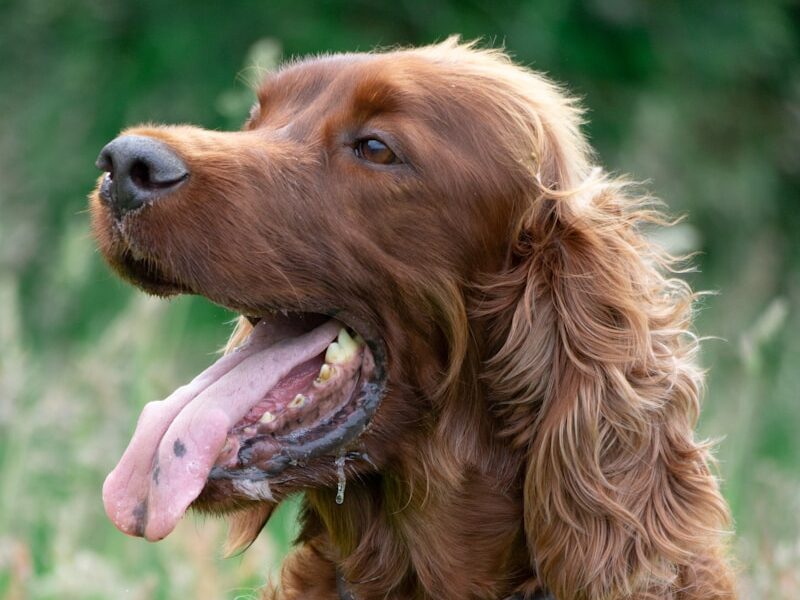
If your dog paces or pants when it’s not hot, they’re trying to release anxiety. Movement becomes their outlet for energy they can’t settle. You’ll see it when they wander aimlessly, pause, then start again. It’s their body asking for help regulating what their mind can’t process. Restlessness is often sadness in motion — a way to keep from sinking into stillness that feels too heavy.
They Stop Seeking You Out

The hardest sign to see is absence. When your dog no longer follows you, no longer sits nearby, no longer places theirhead on your knee — they’re not angry; they’ve gone quiet. It’s emotional resignation, the moment they stop trying to get your attention because they’ve learned it doesn’t change much. That’s when they need you most — not with treats or toys, but with patience, eye contact, and your full attention again.

